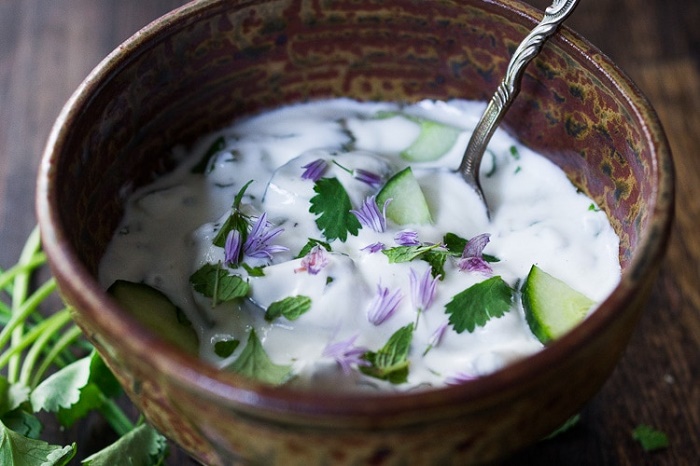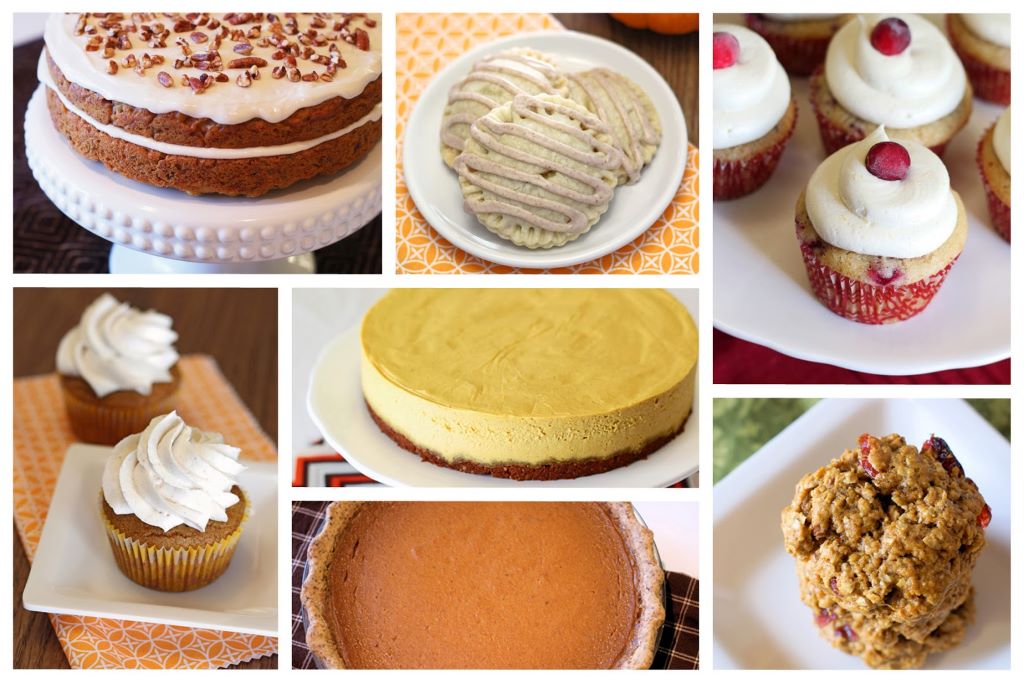Are you craving a delicious, soft, and flavorful bread to accompany your favorite Indian dishes? Look no further! In this article, we will guide you through a step-by-step process of making homemade naan roti, a popular and versatile flatbread in Indian cuisine. Whether you’re a seasoned cook or a beginner, this recipe is perfect for everyone. So, let’s dive in and learn how to make this delectable bread from scratch.
Naan roti is a traditional Indian bread that is often enjoyed with curries, kebabs, or simply on its own. It has a soft and fluffy texture with a slightly crispy exterior, making it an irresistible accompaniment to any meal. While it is commonly cooked in a tandoor oven, we will show you how to make it easily on a stovetop.
Ingredients
To make naan roti, you will need the following ingredients:
- 2 cups of flour
- 1.5 tablespoons of sugar
- Salt, as needed
- 2 tablespoons of butter
- 2 teaspoons of yeast
- Warm milk (to make the dough)
Feel free to experiment with different types of flour, such as whole wheat or gluten-free flour, to suit your dietary preferences.
Step 1: Making the Dough
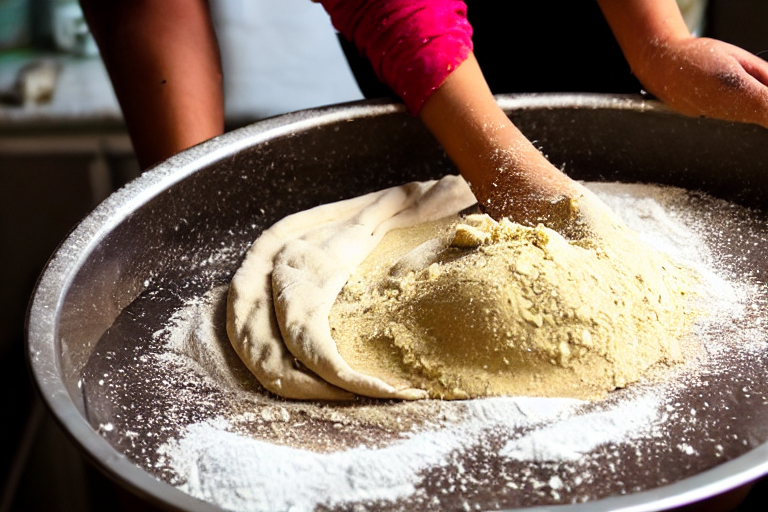
In a large mixing bowl, combine the flour, sugar, and a pinch of salt. Mix well to ensure the ingredients are evenly distributed. Next, melt the butter and add it to the bowl. Dissolve the yeast in warm milk and gradually pour it into the flour mixture. Stir everything together until a rough dough forms.
Step 2: Kneading the Dough

Transfer the dough onto a lightly floured surface and begin kneading. Use the heels of your hands to push the dough away from you and then fold it back. Continue this process for about 5 minutes or until the dough becomes smooth and elastic. Kneading helps develop the gluten in the flour, resulting in a soft and pliable naan roti.
Step 3: Allowing the Dough to Rest
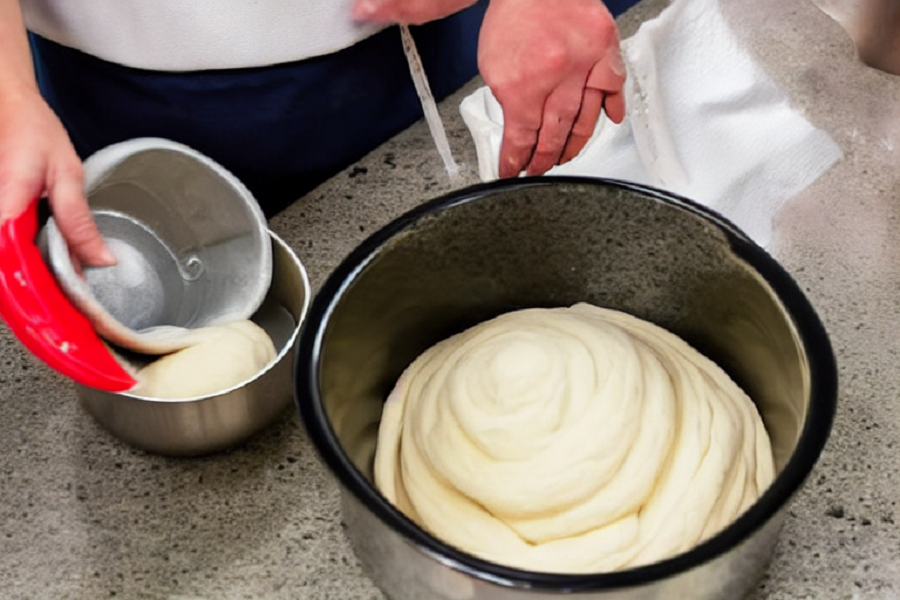
Place the kneaded dough back into the mixing bowl and cover it with a damp cloth or plastic wrap. Let it rest in a warm and draft-free area for approximately 2 hours. During this time, the yeast will work its magic, causing the dough to rise and become airy.
Step 4: Rolling the Dough
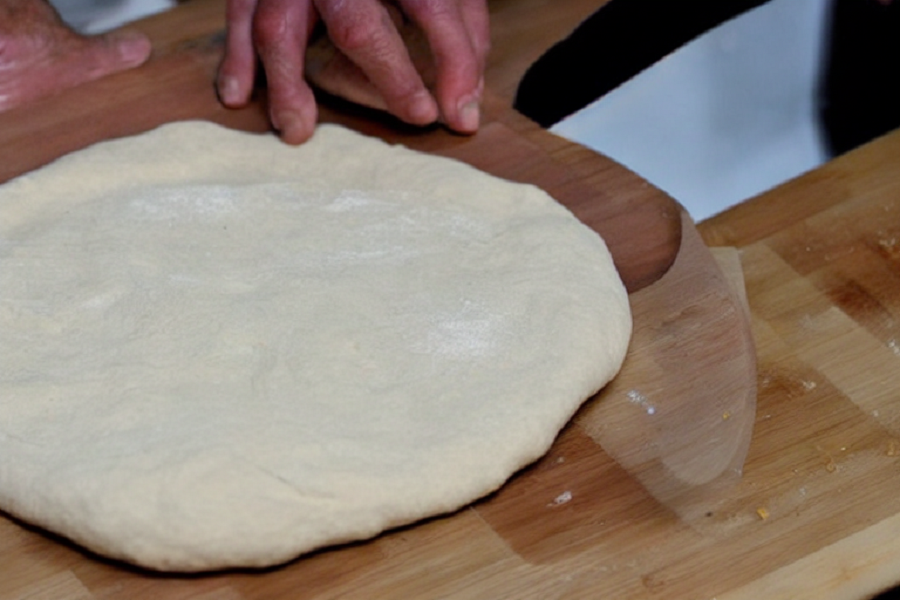
Once the dough has doubled in size, gently punch it down to release any air bubbles. Divide the dough into smaller portions, depending on how big you want your naan roti to be. Take one portion and shape it into a ball. Dust your work surface with flour and roll out the dough into a circular or oval shape. Repeat this process with the remaining portions.
Step 5: Cooking the Naan Roti

Heat a tava or a flat griddle over medium-high heat. Place one rolled naan roti onto the hot surface and cook it for about 1 minute or until bubbles start to form. Flip it over and cook the other side for another minute. If desired, brush the cooked naan roti with melted butter or garlic butter for extra flavor. Repeat the process with the rest of the rolled dough.
Serving Suggestions
Homemade naan roti can be served with a variety of dishes, such as:
- Curries: Pair it with flavorful curries like butter chicken, palak paneer, or chole masala.
- Kebabs: Use it as a wrap for kebabs or tikkas for a delicious and filling meal.
- Dips and Chutneys: Serve naan roti with yogurt-based dips, mint chutney, or mango chutney for a refreshing accompaniment.
Experiment with different flavors by adding garlic, butter, yogurt, or spices to the dough before rolling it out. This will give your naan roti a unique and personalized touch.
Tips and Variations
- For a vegan version of naan roti, substitute the butter with a vegan-friendly alternative or vegetable oil.
- To add more flavor to your naan roti, consider incorporating spices like garlic powder, cumin, or coriander into the dough.
- Experiment with different toppings such as nigella seeds, sesame seeds, or chopped fresh herbs before cooking the naan roti.
Foods to Avoid with Naan Roti
Dairy Products
While naan roti and dairy products individually are delicious, consuming them together may not be the best choice. The combination of bread and dairy can lead to poor digestion and create heaviness in the stomach. It can also hamper the absorption of essential nutrients from both the naan roti and dairy products.
Citrus Fruits
Citrus fruits, such as oranges, lemons, and grapefruits, are highly acidic. When consumed with naan roti, which is more alkaline in nature, the acidity of citrus fruits can interfere with the digestion process. This combination may cause discomfort, acid reflux, or bloating.
Fermented Foods
Fermented foods, including yogurt, pickles, and sauerkraut, are rich in probiotics and offer numerous health benefits. However, when paired with naan roti, the combination can lead to fermentation in the stomach, causing gas and bloating. It’s best to consume fermented foods separately to reap their full advantages.
High-Fat Foods
High-fat foods, such as deep-fried items or fatty curries, should be avoided when eating naan roti. The combination of high-fat foods with bread can overload the digestive system, making it sluggish and leading to indigestion. Opting for lighter, low-fat dishes will promote better digestion and prevent discomfort.
Carbonated Beverages
Carbonated beverages, including sodas and fizzy drinks, should not be consumed with naan roti. These drinks introduce excess air into the digestive system, leading to bloating and discomfort. It’s better to opt for non-carbonated beverages like water, herbal infusions, or freshly squeezed juices.
Ideal Complementary Foods for Naan Roti
To create a well-rounded meal with naan roti, consider the following complementary foods:
Lentil Dishes
Lentil dishes, such as dal or lentil soups, provide a good balance of protein, fiber, and essential nutrients. These legume-based preparations pair exceptionally well with naan roti, offering a satisfying and nutritious meal.
Vegetable Curries
Vegetable curries, made with a medley of vibrant vegetables and aromatic spices, are an excellent choice to accompany naan roti. They provide essential vitamins, minerals, and fiber, contributing to a wholesome and balanced diet.
Raita and Yogurt-Based Side Dishes
Raita, a yogurt-based side dish, acts as a cooling and refreshing accompaniment to naan roti. It helps balance the flavors and provides probiotics that promote gut health. Additionally, yogurt-based side dishes like cucumber raita or mint chutney add a burst of flavor to your meal.
Pickles and Chutneys
Pickles and chutneys, with their tangy and spicy flavors, complement naan roti beautifully. These condiments add depth to the meal and offer a variety of tastes and textures. However, it’s important to consume pickles and chutneys in moderation due to their high sodium content.
Herbal Infusions
Instead of pairing naan roti with carbonated beverages, opt for herbal infusions like mint tea or ginger tea. These soothing and aromatic beverages not only refresh your palate but also provide additional health benefits.
Balancing Nutritional Needs
When planning a meal with naan roti, it’s crucial to ensure a balance of macronutrients and micronutrients. Incorporate a variety of vegetables, legumes, and lean proteins to meet your nutritional requirements. It’s also essential to practice portion control and moderation to maintain a healthy and balanced diet.
Conclusion
Congratulations! You’ve successfully made your own homemade naan roti. This versatile Indian bread will surely elevate your dining experience and impress your family and friends. Serve it warm with your favorite curries, or enjoy it as a standalone snack. Once you taste the softness and flavors of this freshly made bread, you’ll never want to go back to store-bought naan again.
FAQs
Can I use whole wheat flour instead of all-purpose flour?
Absolutely! Whole wheat flour is a nutritious alternative that adds a nutty flavor to the naan roti. You may need to adjust the amount of liquid slightly as whole wheat flour tends to absorb more moisture.
Can I freeze the dough for later use?
Yes, you can freeze the dough once it has risen. Portion it into individual balls, wrap them tightly in plastic wrap, and place them in a freezer-safe bag. When ready to use, thaw the dough in the refrigerator overnight and bring it to room temperature before rolling and cooking.
Can I make naan roti without yeast?
While yeast gives the naan roti its characteristic texture, you can make a yeast-free version using baking powder as a leavening agent. However, the result will be more like a flatbread rather than the traditional naan roti.
How do I reheat leftover naan roti?
To reheat naan roti, simply wrap them in aluminum foil and place them in a preheated oven at 350°F (175°C) for about 5 minutes or until warm. Alternatively, you can warm them in a skillet over medium heat for a minute on each side.
Where can I get the authentic Indian spices mentioned in the article?
You can find a wide variety of Indian spices at your local grocery store, specialty food stores, or online retailers. Look for reputable brands that offer quality products for an authentic taste.



